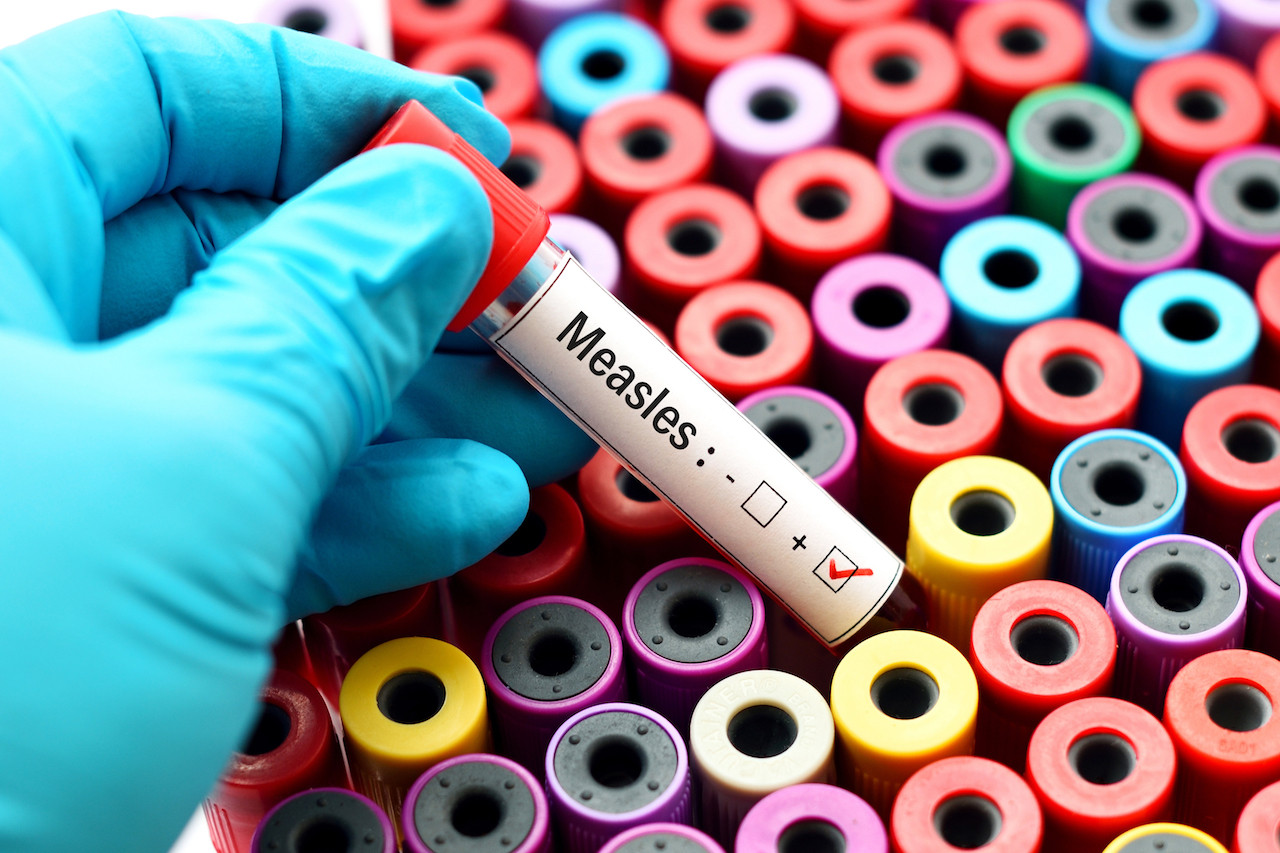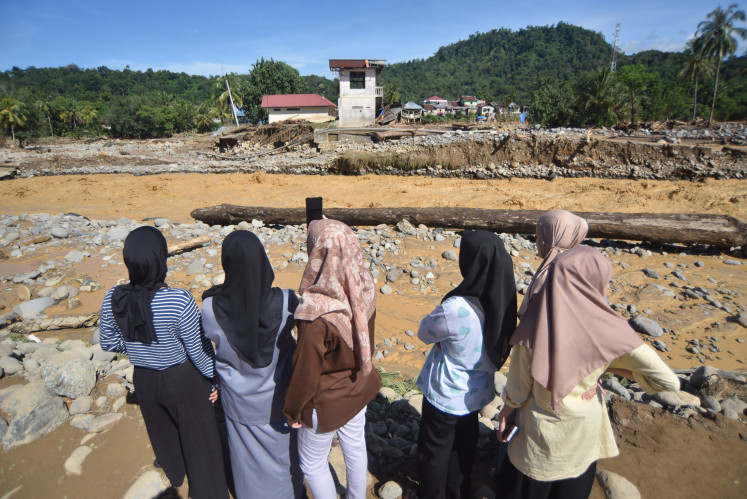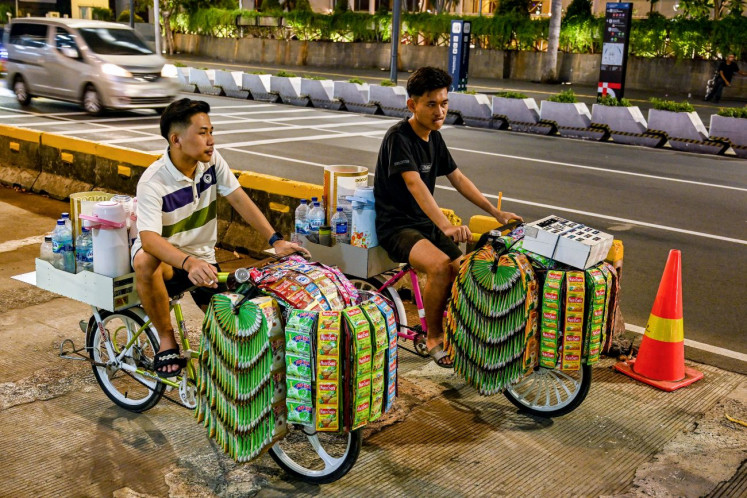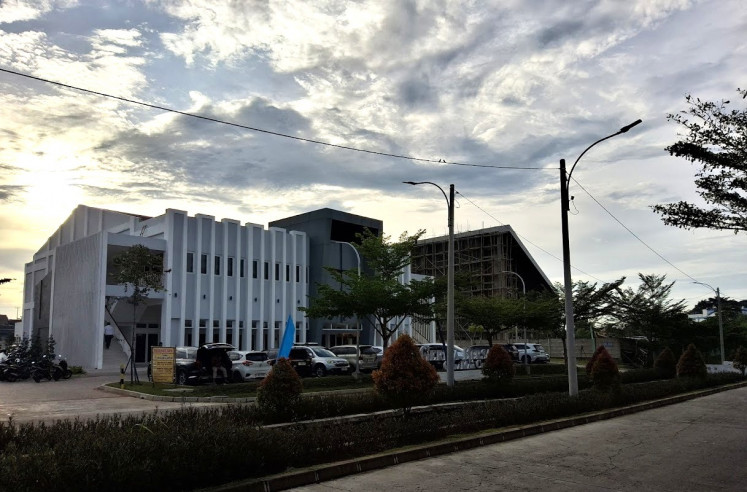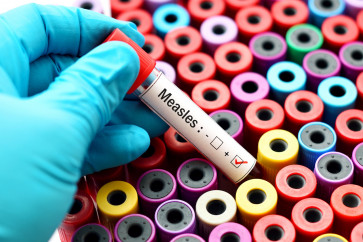Popular Reads
Top Results
Can't find what you're looking for?
View all search resultsPopular Reads
Top Results
Can't find what you're looking for?
View all search resultsCostly missteps in MR vaccination program
In Indonesia, however, the benefits and the glowing reputation of vaccines’ efficacy have instead been tainted by mistrust and rejection from some of the most conservative and peripherally located segments of the population.
Change text size
Gift Premium Articles
to Anyone
I
n honor of World Immunization Week celebrated in the last week of April, it is important for us not only to reflect on the powerful impact that vaccinations have in keeping our communities healthy but also to reevaluate the steps we make in eliminating vaccine-preventable diseases. Vaccination is widely recognized as one of the most life-saving and cost-effective public health interventions to date, preventing a global estimate of 2 million to 3 million deaths per year.
The Vaccines for Children program, for instance, created in response to the United States’ measles epidemic between 1989 and 1991, reportedly saved US$295 billion in direct costs from hospitalizations and $1.38 trillion in total societal costs within 20 years.
In Indonesia, however, the benefits and the glowing reputation of vaccines’ efficacy have instead been tainted by mistrust and rejection from some of the most conservative and peripherally located segments of the population.
At the heart of the matter is a poorly planned government vaccination program that failed to consider the socio-cultural and ethical aspects of immunization, further engendering ineffective communication strategies, which ultimately inflicted real costs and impeded efforts in reaching targeted communities with diverse social and cultural backgrounds.
Even though the effectiveness of vaccinations in reducing the burden of infectious diseases has been widely recorded, some ASEAN countries, including Indonesia, have seen a dip in measles vaccination rates in recent years, falling below the World Health Organization’s (WHO) recommended 95 percent mark — the herd immunity level at which all children within a community are fully protected from the disease.
In 2017, Indonesia saw a spike in measles cases in an outbreak that affected more than 11,349 people, an increase of 58.09 percent from the previous year. Despite the government’s subsequent efforts to roll out a two-phase measles-rubella (MR) vaccination campaign during 2017 and 2018, the country is still falling behind in its goal of eliminating the disease by 2020.
In fact, Indonesia is still vulnerable to these resurgences in the future as average national measles vaccination coverage rates are less than satisfactory at 87.33 percent for the first dose and only 60 percent for the second dose, which are clearly still not up to the aforementioned herd immunity threshold prescribed by WHO.

